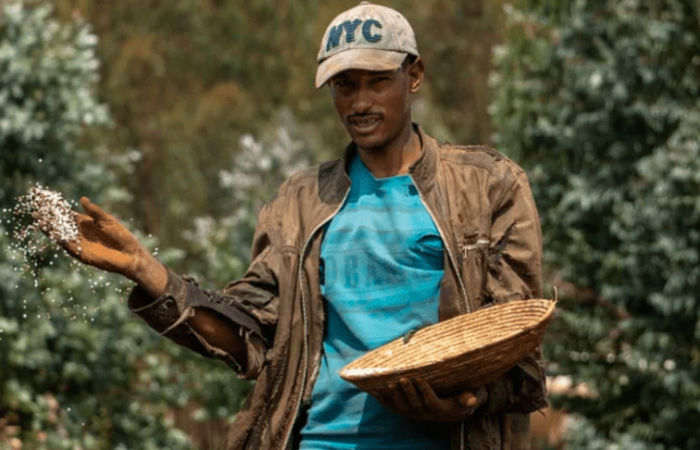
This blog post was originally posted here on the CIMMYT website on 26 May 2021.
A new study identifies global emissions and mitigation hotspots ripe for more efficient nitrogen use in maize and wheat production.
Like many issues besetting contemporary agri-food systems, the question of nitrogen use appears to yield contradictory problems and solutions depending on where you look. Many parts of the globe are experiencing the environmental consequences of excessive and inefficient use of nitrogen fertilizers. Elsewhere nitrogen-poor soils are a hindrance to agricultural productivity.
Addressing these seemingly contradictory issues means ensuring that nitrogen is applied with maximum efficiency across the world’s croplands. Farmers should be applying as much nitrogen as can be taken up by their crops in any given agroecology. Apply more, and the excess nitrogen leads to nitrous oxide (N2O) emissions — a potent greenhouse gas (GHG) — and other environmental degradation. Apply less, and agricultural potential goes unmet. Given the twin challenges of global climate change and the projected need to increase global food production over 70% by 2050, neither scenario is desirable.
Maize and wheat agri-food systems are at the heart of this dilemma. These staple crops are critical to ensuring the food security of a growing population. They also account for around 35% of global nitrogen fertilizer usage. Tackling the problem first requires an accurate accounting of global N20 emissions from maize and wheat fields, followed by quantification of mitigation potential disaggregated by region. This is the task undertaken by a recent study published in Science of the Total Environment and co-authored by a team of researchers including scientists at the International Maize and Wheat Improvement Center (CIMMYT) and the CGIAR Research Program on Climate Change, Agriculture and Food Security (CCAFS).
Read the full research highlight here.
Written by Steven McCutcheon Rubio








